The Ministry of Defence is failing to meet its own targets for the availability of F-35 stealth jets, with mission-ready rates consistently falling short and serious knock-on effects for pilot training and combat preparedness, according to a new report by the National Audit Office.
In 2024, the UK’s F-35B fleet achieved “approximately half of the MoD’s target for mission capable rate,” meaning aircraft were ready to fly and perform at least one of seven core missions. Worse still, the full mission capable rate, the time jets could carry out all required missions, was “approximately one third of the MoD’s target.”
The MoD’s goals were already lower than the international benchmark set by the Joint Program Office, which oversees the global F-35 programme. “It did not come close to the target in any individual month,” the report found.
The UK’s F-35 readiness compared unfavourably with other users of the same B variant, particularly the United States Marine Corps. Over the final quarter of 2024, “the UK fleet’s mission capable rate was approximately three-fifths that of the global F-35B fleet,” and “approximately two-fifths of the global F-35B fleet’s full mission capable rate.”
The MoD attributed the gap in performance to differing maintenance philosophies. “The UK only prepares aircraft that are scheduled to fly,” the report explains, “whereas the US tries to have the maximum possible number of aircraft available.”
A temporary improvement was recorded during the April 2025 Carrier Strike Group deployment, when UK jets briefly exceeded global fleet averages. But the NAO warned these gains are unlikely to last. “These availability rates are likely to prove unsustainable once the deployment finishes and the UK no longer has such a high priority in receiving spare parts or has as many maintainers available.”
The shortfall in airworthy jets is directly affecting pilot training. The MoD originally required 10 hours of flying per pilot per month. Even after reducing this to 7.5 hours to reflect other duties, “this number of flying hours was insufficient to meet requirements for all pilots in post as of March 2024.”
The fleet flew only 3,106 hours across the whole of 2024, averaging 259 hours per month across all aircraft. While the MoD is increasingly relying on simulator-based training, “it has been operating fewer than the budgeted hours for synthetic training.”
The root causes of the availability problems lie in maintenance and logistics. “The UK’s availability problems are largely driven by slow maintenance activity and a lack of spare parts,” the report found, alongside “an emerging issue with higher corrosion than expected in maritime environments.”
Between October 2024 and January 2025, jets grounded for maintenance exceeded the JPO’s target rate “by more than twice.” The primary cause was “a shortage of UK F-35 engineers.” Aircraft unavailable due to a lack of spare parts were “over two-thirds higher than the JPO’s target rate.”
The global fleet also missed targets, but UK rates were “significantly” higher, reflecting both international supply issues and domestic shortfalls in personnel and readiness. Corrosion was formally identified by the MoD in January 2025 as a “significant issue affecting aircraft availability.”
The NAO concludes that without action to address engineering capacity, maintenance delays and spare part shortages, the UK risks undermining its investment in one of the most advanced combat aircraft in service.


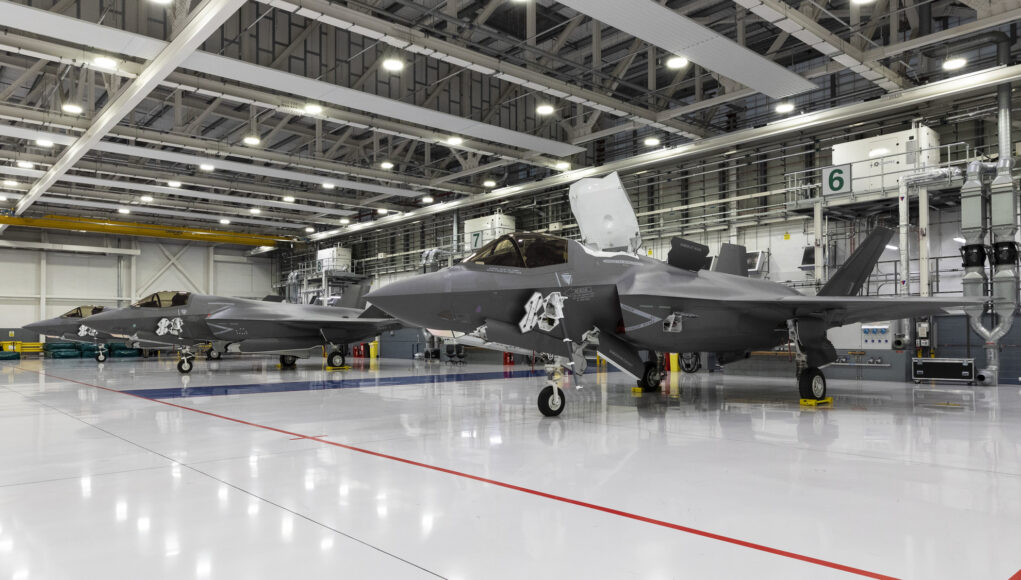

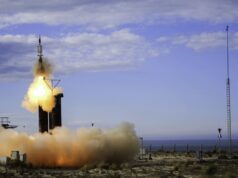
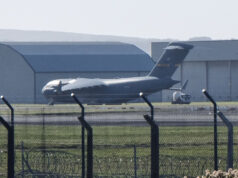

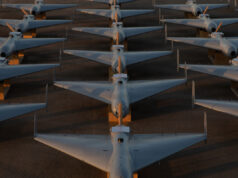
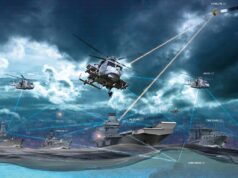

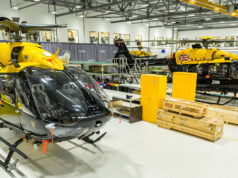


Nothing new there,incompetent government is bad enough, makes you want to weep the state we are in ,
“ The MoD attributed the gap in performance to differing maintenance philosophies. “The UK only prepares aircraft that are scheduled to fly,” the report explains, “whereas the US tries to have the maximum possible number of aircraft available.”
“
Ridiculous.
But you can understand Treasury reluctance to fund more frames when the availability of frames is lower.
It was the same with warships when Treasury said ‘fix what you have’ according to Ben Wallace.
When will the penny drop that despite, or perhaps because of its exquisite technical capabilities, the F35 is a disastrous money pit. Whilst there may be additional UK factors affecting availability here, the US fleet is having similar problems. Across the three variants, mission capability has been way below target for the last six years. And that target is only capability to carry out one mission type not all of them. Full mission capable rates are far below the 50% single mission rates.
Add to this unusability the facts that costs are way over MOD forecasts and integration of UK weapons is still years away and it is surely time to press the pause button.
There is no alternative for the RN and they are stuck with this overpriced hangar queen. But the RAF needs aircraft that are mission capable and can use UK weapons. We need more Typhoons not F35A.
Can’t really argue with that and I fear this is following the same route as NASA cancelling successful proposed missions that are on schedule and within cost and giving it to those years behind and exceeding budgets simply because they are ‘high profile’ and the others mundane so pr over usefulness. So we can’t afford more Typhoons because of the extra costs of F-35 miking hard pressed budgets. The more F-35s we get the worse this scenario gets sadly.
Raises questions for the more distant future too doesn’t it. How do such issues bode for Tempest though clearly the maritime environment seems to be the primary degrading factor. More interestingly there was a debate here last week about how the F-47 is going to be biggest, baddest machine that others will be inferior to. One has to question how much added complexity, superior stealth characteristics, hybrid engines etc are going to impinge even further on overall maintainability issues. You don’t win battles by having potential over what you can actually bring to bear if it falls below certain levels.
If you want Typhoons instead of F35as then you would need to accept paying ca. 20% more for the same number of airframes, to give you something that doesn’t have modern stealth capabilities. That wouldn’t be my choice.
In reality, our F35s are sod all use. Typhoons are in constant use and we don’t have enough. More money spent now on F35 is just wasted. Monet spent on Typhoons isn’t.
Another wonderful moment for the F35. Not that it matters because it hardly has any weapons to use. Might be cheaper to sell them to India….!
It’s just a nice shiny toy that sits in the back of the hanger and used as a prop for photo opportunities.
Because our feeble governments would not invest the money.
#Day27
Comparing specifically to global F35B availability rates is also being kind, as we know F35B availability rates lag way behind F35A and F35C rates, which was part of the reason the USMC recently reduced their F35B buy and upped their F35C buy instead.
90 hours per year is really bad when pilots should really be flying 200 hours per year.
Starting to think we made a big mistake going for F35B / STOVL.
Sea Harrier was an expedient due to the Invincible’s, and whatever the merits of that combo the MoD sticking with STOVL despite going for big carriers has landed us with a costly and complex solution to a problem that no longer really exists.
F35C, or dare i say it Typhoon adapted for STOBAR are looking a lot more attractive in retrospect!
But here and now all we can do is cap F35B at 60 (forgetting this nonsense about any F35A’s for training and nuclear), invest in autonomous systems to supplement/support them in carrier ops and go for 30 extra Typhoon’s.
Completely agree.
Does this make the decision to cut some of the proposed F35B’s for F35A’s even more perplexing , or does it conversely help to explain it.
Does it imply using the A version for training and land based ops means the concentration of the B numbers on carriers only will reduce the overall intensity per air frame, and increase availability -maybe?
Not sure that makes complete sense , but there’s something in there somewhere…I think.
Or does it just highlight the madness of the proposed F35A procurement- I not sure I really know or care any more tbh.
Navylookout also has a more in depth article on this that suggests a lot of the problems are due to lack of personal and infostructure
If we bought the F35C we could use it on USN carriers and the FS Charles DeGaulle. This is what’s called thinking outside the box and is a traditional British thought pattern. You never know we might even then be prompted to fit Bells and Whistles (CATOBAR) on our carriers.
I believe safety margins means tha the F-35C is not capable of using Charles DeGaulle.
> … fewer than the budgeted hours for synthetic training
Can someone explain how or why simulator training hours were ‘fewer’. Surely a simulator is there to use 24×7, just gotta power it up, set up the ‘scenario’, and off goes the pilot…. not difficult … is it? Or is it?